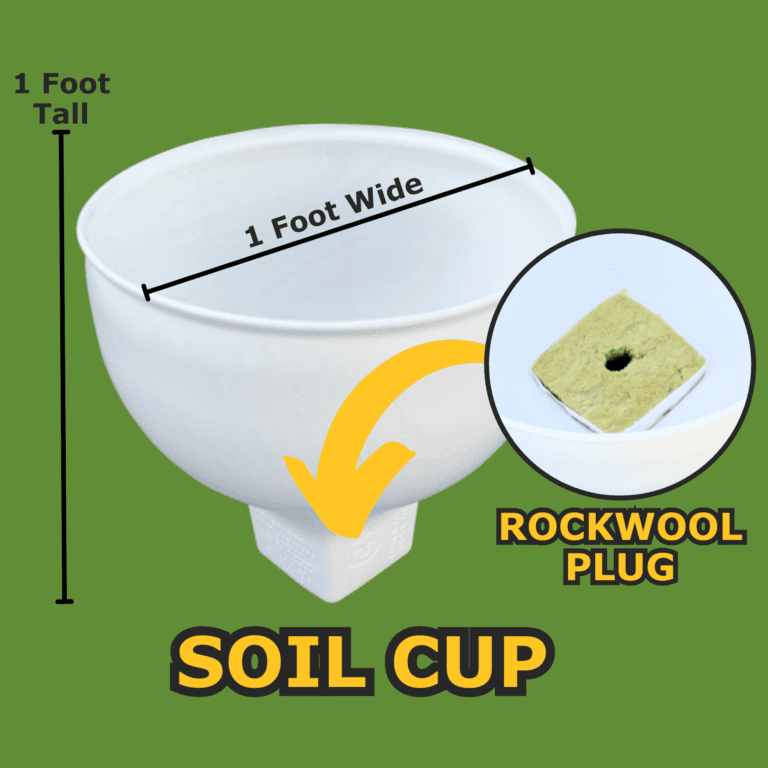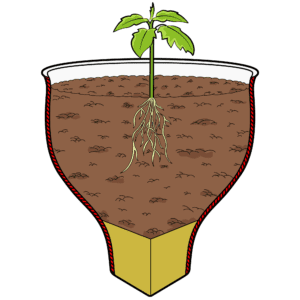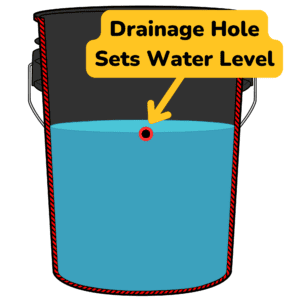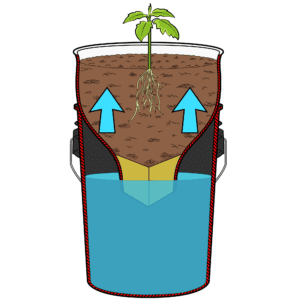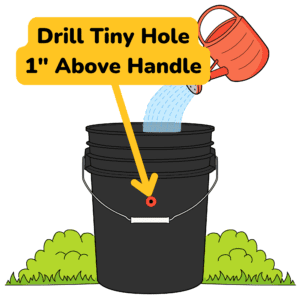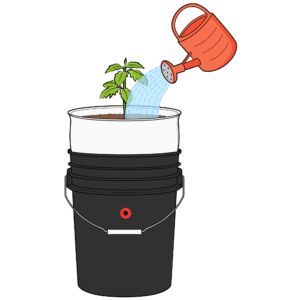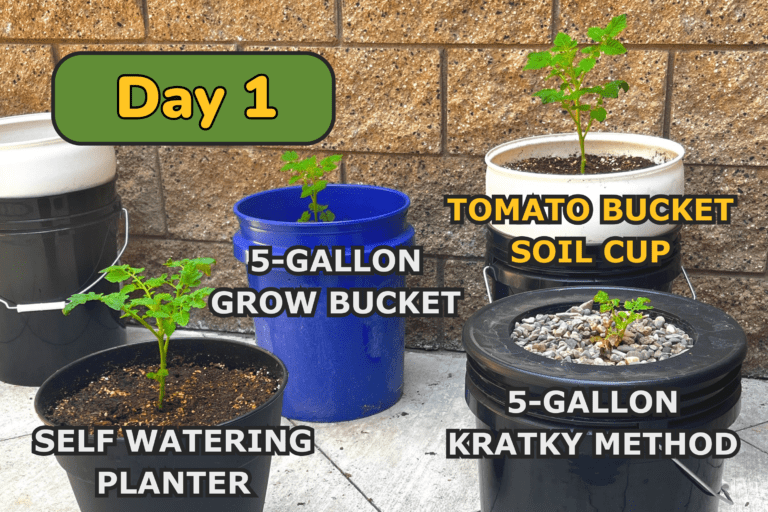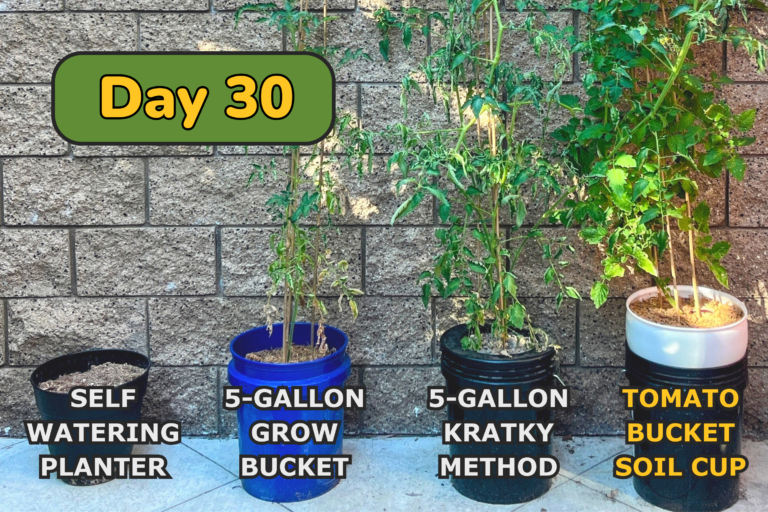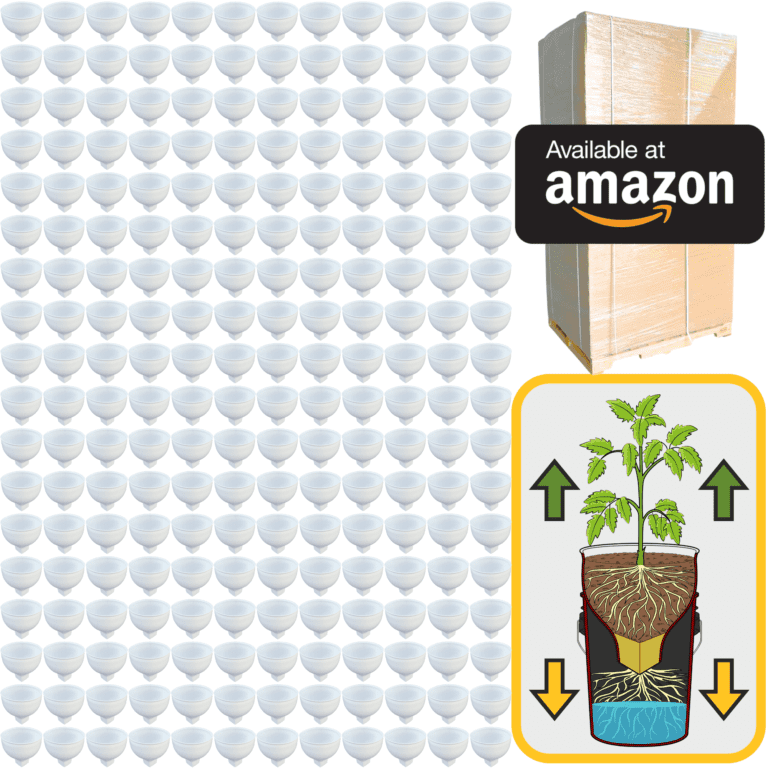As you stand on the brink of your hydroponic adventure, all the knowledge and skills you’ve acquired come together to form a vision for your very own garden. Designing, building, and managing a custom hydroponic garden is not just about the plants; it’s about creating a space that reflects your passion for gardening and your desire to grow fresh, healthy food. Whether you aim to cultivate a small indoor setup or a larger outdoor system, the process can be as rewarding as it is educational.
The first step in bringing your hydroponic garden to life is to envision what you want to achieve. Consider your available space, the types of plants you wish to grow, and how much time you can dedicate to maintenance. If you have limited space, vertical systems or compact setups can help maximize your growing area. If you’re dreaming of an abundance of herbs, leafy greens, or even fruiting plants, understanding the requirements of each type will guide your design. Your choices should align with both your personal goals and the environmental conditions of your location.
Once you’ve outlined your vision, it’s time to plan the specifics of your system. Choose which hydroponic method suits your needs best. For beginners, systems like the Kratky Method or wick systems offer a straightforward entry point that doesn’t require complicated setups or extensive equipment. However, if you’re feeling adventurous and ready to explore more sophisticated techniques, systems like Deep Water Culture or Nutrient Film Technique could provide you with the challenges and rewards that come with managing a more complex setup.
As you draft your design, make sure to consider the critical components: light, water, nutrients, and the structural elements that will support your plants. Grow lights are essential for indoor gardens, and selecting the right type—whether LED, fluorescent, or HID—will impact your plants’ growth. If you’re building an outdoor system, consider how you can leverage natural sunlight while ensuring your plants receive adequate shade and protection from extreme weather.
Water is the lifeblood of your hydroponic garden, so plan a system that includes a reliable water source and recirculation mechanism. This might involve pumps, reservoirs, and tubes that deliver water efficiently to your plants. Your nutrient solution is equally important. Familiarize yourself with the nutritional needs of your plants and prepare a balanced nutrient mix that provides all the essential elements they require. Keep in mind that different plants have different nutrient requirements, so flexibility in your approach will serve you well.
Once your design is finalized, it’s time to gather materials and build your system. This stage can be incredibly fulfilling, as you physically construct a garden that will soon flourish with life. Whether you choose to repurpose materials, buy pre-made systems, or craft something entirely unique, let your creativity shine through. Don’t be afraid to experiment; hydroponics is all about adapting and finding what works best for you and your plants.
After building your system, you’ll enter the exciting phase of planting. Choose healthy seedlings or seeds that suit your setup and climate. As you place them into your system, you’ll feel a sense of accomplishment as you set the stage for growth. Pay attention to spacing and positioning, ensuring that each plant has room to expand while still receiving the light and nutrients it needs.
Managing your garden will be an ongoing journey. Regular monitoring of your plants, nutrient solution, and environmental conditions will help you make informed adjustments. Keep an eye on the pH and nutrient levels, and observe how your plants respond to their environment. Remember, gardening is a learning experience, and you’ll grow alongside your plants, developing your skills and deepening your understanding of hydroponics with each passing day.
As your garden matures, take the time to reflect on the process. Celebrate the successes and learn from the challenges you encounter. Each harvest will bring a sense of joy and fulfillment, as you enjoy the fruits of your labor—literally and figuratively. Share your bounty with family and friends, and consider joining local gardening groups to connect with others who share your passion. The hydroponic community is rich with knowledge and enthusiasm, and engaging with fellow gardeners can enhance your experience and inspire new ideas.
Ultimately, your hydroponic garden is a manifestation of your dedication to sustainability and health. You’re contributing to a growing movement that values fresh, locally grown food and environmentally responsible practices. Each plant you nurture is not just a part of your garden; it represents your commitment to making a difference in the world.
As you embark on this journey, let your curiosity guide you. Explore new techniques, experiment with different plants, and stay informed about the latest developments in hydroponics. Your garden will evolve over time, and so will your skills as a gardener. Embrace the process and enjoy every moment spent cultivating life in your hydroponic garden. You have the power to create a vibrant oasis, one that reflects your values and aspirations while nourishing both body and spirit. Your journey is just beginning, and the possibilities are truly limitless.

